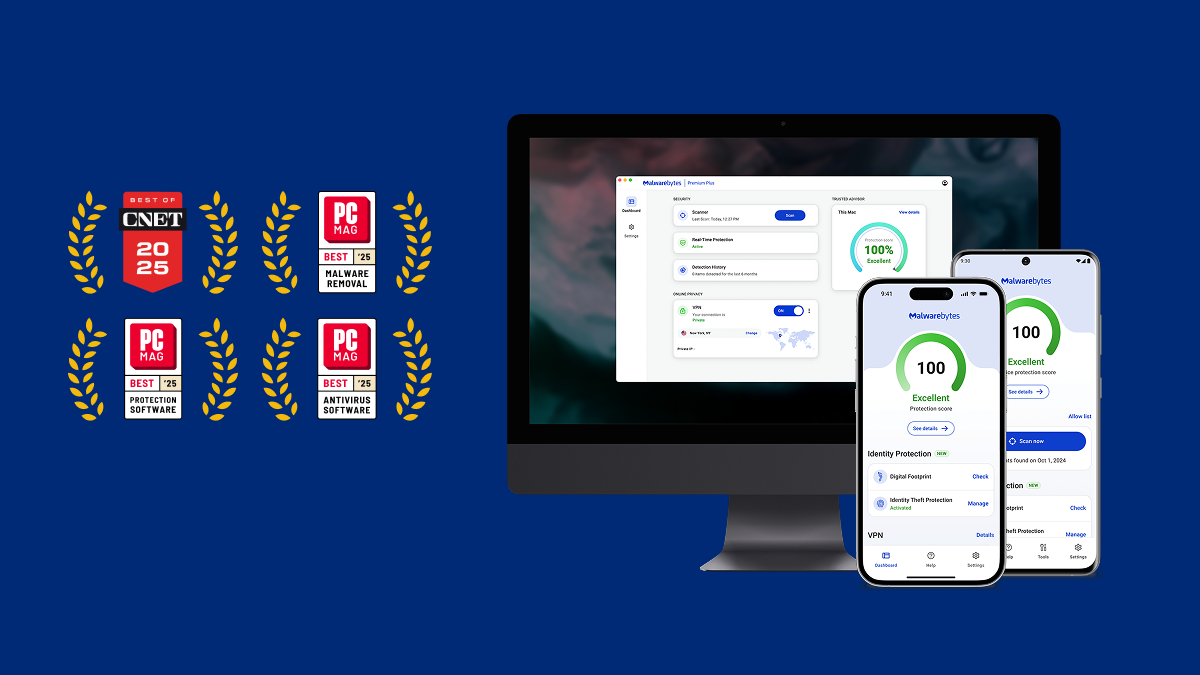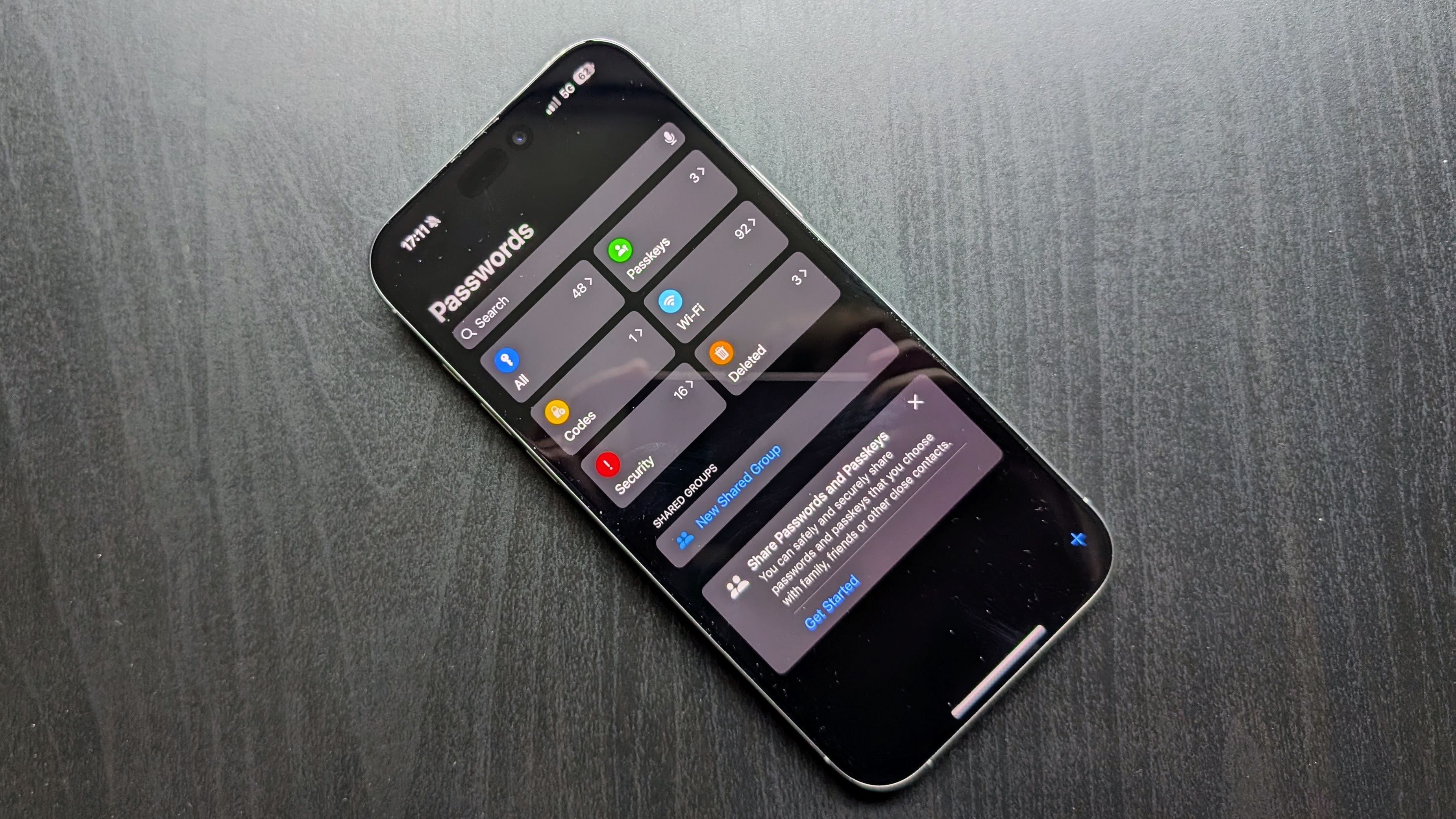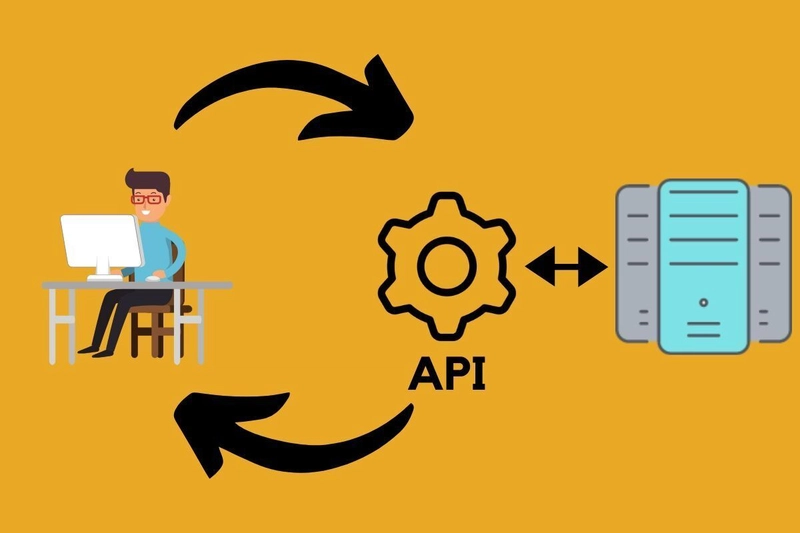Performance Optimization Techniques for Large-Scale React Applications
Performance Optimization Techniques for Large-Scale React Applications As your React applications grow in size and complexity, performance can begin to degrade—leading to sluggish UI updates, slow rendering, and a poor user experience. In this post, we’ll explore advanced performance optimization techniques specifically aimed at large-scale React applications. 1. Code-Splitting With Dynamic Imports Instead of loading the entire app upfront, split your code into chunks that are loaded only when needed. This reduces initial bundle size: import React, { Suspense, lazy } from "react"; const Dashboard = lazy(() => import("./components/Dashboard")); function App() { return ( ); } 2. Memoization With React.memo, useMemo, and useCallback Prevent unnecessary re-renders by memoizing components, values, and functions: const ExpensiveComponent = React.memo(({ data }) => { // Only re-renders if 'data' changes }); const memoizedValue = useMemo(() => computeExpensive(data), [data]); const memoizedCallback = useCallback(() => { handleChange(value); }, [value]); 3. Virtualization for Large Lists Rendering long lists can be a performance killer. Use libraries like react-window or react-virtualized to only render visible items: import { FixedSizeList as List } from "react-window"; {({ index, style }) => Item {index}} 4. Debounce Input and Resize Events Frequent updates like typing or resizing can overwhelm the main thread. Use debouncing to limit the frequency: function useDebounce(value, delay) { const [debounced, setDebounced] = useState(value); useEffect(() => { const handler = setTimeout(() => setDebounced(value), delay); return () => clearTimeout(handler); }, [value, delay]); return debounced; } 5. Avoid Anonymous Functions in JSX Creating functions inline inside JSX causes unnecessary re-renders. Instead, define them outside or memoize when necessary: // Bad: doSomething()}>Click // Better: const handleClick = useCallback(() => doSomething(), []); Click 6. Lazy Load Images and Components Reduce time-to-interactive by lazy loading components and images as they enter the viewport: import LazyLoad from 'react-lazyload'; 7. Profile and Analyze With React DevTools Use the React DevTools Profiler tab to measure component performance and identify unnecessary renders or heavy components. Conclusion Performance is a key differentiator in large-scale applications. By applying code-splitting, memoization, virtualization, lazy loading, and thoughtful architecture, you can deliver fast, responsive experiences—even at scale. If this post helped you, consider supporting me: buymeacoffee.com/hexshift

Performance Optimization Techniques for Large-Scale React Applications
As your React applications grow in size and complexity, performance can begin to degrade—leading to sluggish UI updates, slow rendering, and a poor user experience. In this post, we’ll explore advanced performance optimization techniques specifically aimed at large-scale React applications.
1. Code-Splitting With Dynamic Imports
Instead of loading the entire app upfront, split your code into chunks that are loaded only when needed. This reduces initial bundle size:
import React, { Suspense, lazy } from "react";
const Dashboard = lazy(() => import("./components/Dashboard"));
function App() {
return (
Loading... 2. Memoization With React.memo, useMemo, and useCallback
Prevent unnecessary re-renders by memoizing components, values, and functions:
const ExpensiveComponent = React.memo(({ data }) => {
// Only re-renders if 'data' changes
});
const memoizedValue = useMemo(() => computeExpensive(data), [data]);
const memoizedCallback = useCallback(() => {
handleChange(value);
}, [value]);3. Virtualization for Large Lists
Rendering long lists can be a performance killer. Use libraries like react-window or react-virtualized to only render visible items:
import { FixedSizeList as List } from "react-window";
{({ index, style }) => Item {index}}
4. Debounce Input and Resize Events
Frequent updates like typing or resizing can overwhelm the main thread. Use debouncing to limit the frequency:
function useDebounce(value, delay) {
const [debounced, setDebounced] = useState(value);
useEffect(() => {
const handler = setTimeout(() => setDebounced(value), delay);
return () => clearTimeout(handler);
}, [value, delay]);
return debounced;
}5. Avoid Anonymous Functions in JSX
Creating functions inline inside JSX causes unnecessary re-renders. Instead, define them outside or memoize when necessary:
// Bad:
// Better:
const handleClick = useCallback(() => doSomething(), []);
6. Lazy Load Images and Components
Reduce time-to-interactive by lazy loading components and images as they enter the viewport:
import LazyLoad from 'react-lazyload';

7. Profile and Analyze With React DevTools
Use the React DevTools Profiler tab to measure component performance and identify unnecessary renders or heavy components.
Conclusion
Performance is a key differentiator in large-scale applications. By applying code-splitting, memoization, virtualization, lazy loading, and thoughtful architecture, you can deliver fast, responsive experiences—even at scale.
If this post helped you, consider supporting me: buymeacoffee.com/hexshift











































































































































































![[The AI Show Episode 143]: ChatGPT Revenue Surge, New AGI Timelines, Amazon’s AI Agent, Claude for Education, Model Context Protocol & LLMs Pass the Turing Test](https://www.marketingaiinstitute.com/hubfs/ep%20143%20cover.png)



















































































































































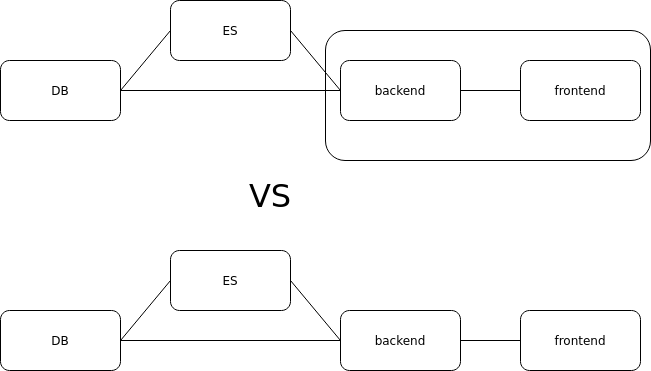


















































































.png?#)

























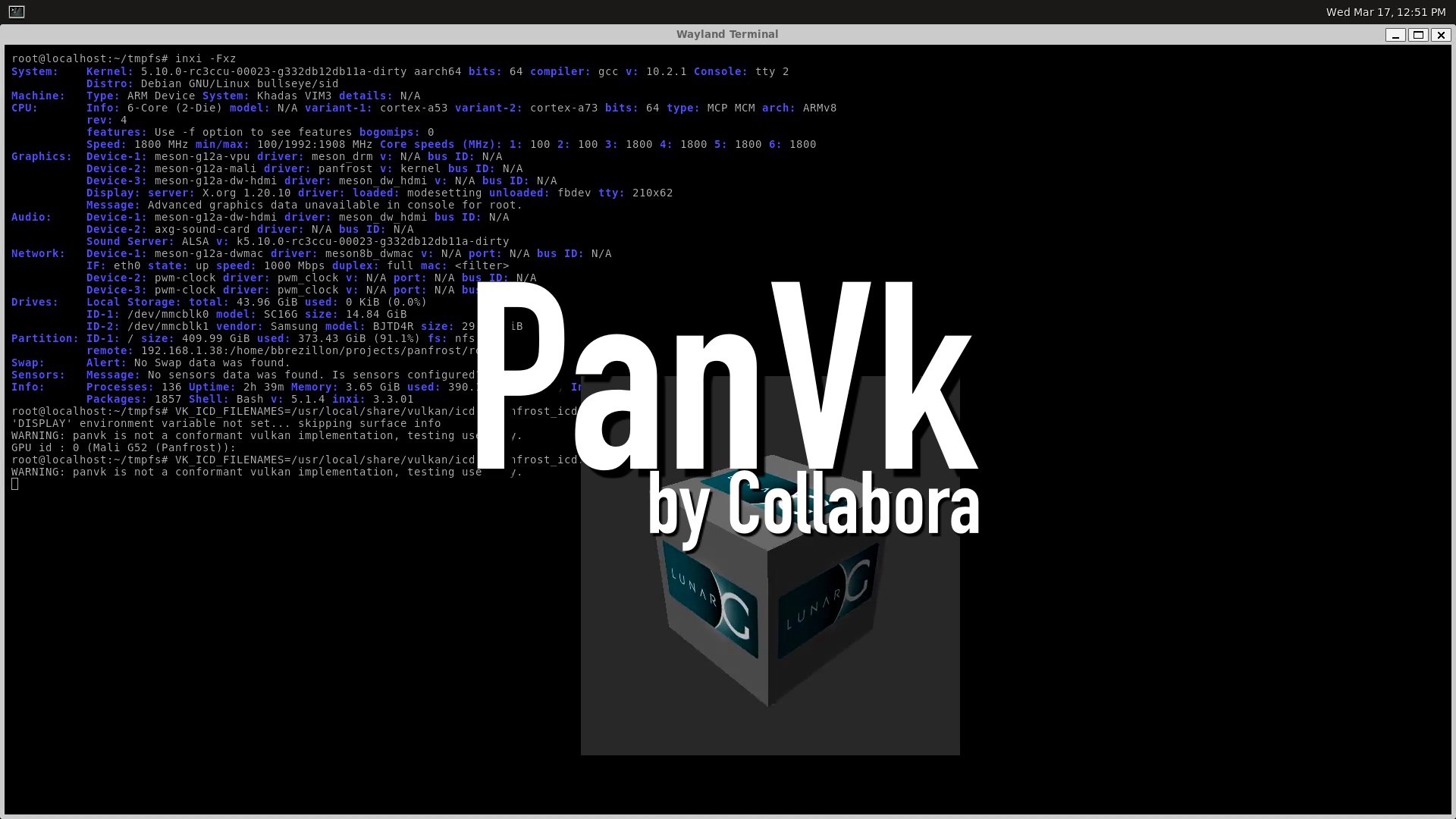










.webp?#)
.webp?#)




























































































![Gemini will come to Wear OS as an app update [APK Insight]](https://i0.wp.com/9to5google.com/wp-content/uploads/sites/4/2023/01/Google-Assistant-Wear-OS-Play-Store.jpg?resize=1200%2C628&quality=82&strip=all&ssl=1)

![OnePlus 13T leak shows new design that’s perfectly balanced, as all things should be [Gallery]](https://i0.wp.com/9to5google.com/wp-content/uploads/sites/4/2025/04/oneplus-13t-1.jpg?resize=1200%2C628&quality=82&strip=all&ssl=1)












![Apple Seeds tvOS 18.5 Beta 2 to Developers [Download]](https://www.iclarified.com/images/news/97011/97011/97011-640.jpg)
![Apple Releases macOS Sequoia 15.5 Beta 2 to Developers [Download]](https://www.iclarified.com/images/news/97014/97014/97014-640.jpg)

![Apple Releases iOS 18.5 Beta 2 and iPadOS 18.5 Beta 2 [Download]](https://www.iclarified.com/images/news/97007/97007/97007-640.jpg)


